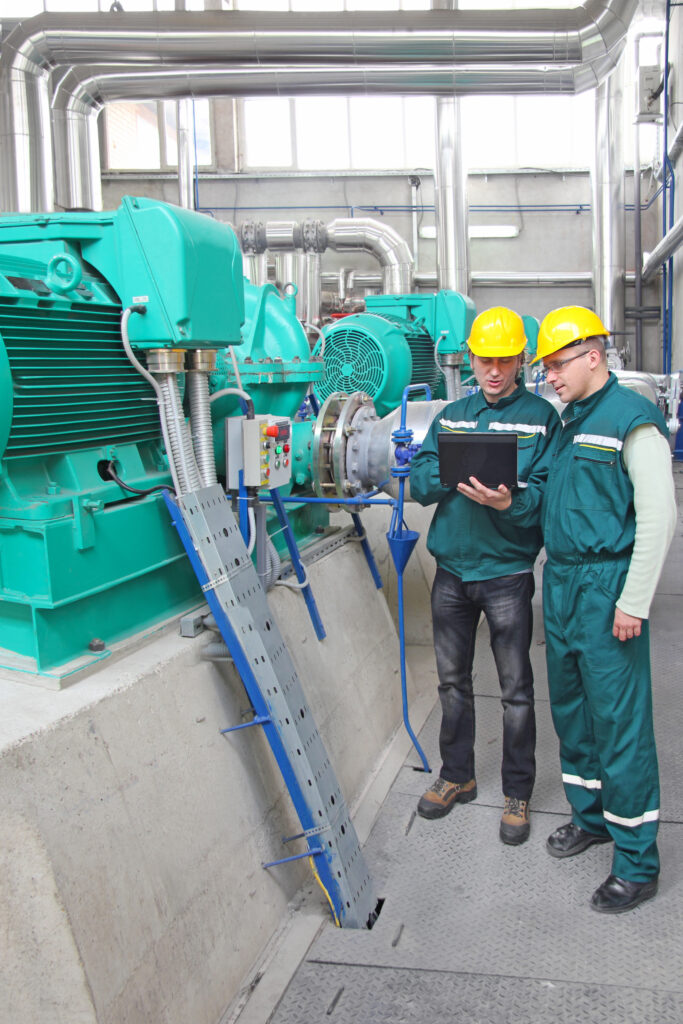December 9, 2021
How IoT is Already Benefiting the Oil and Gas Industry

In the past, the oil and gas sector has been unwilling to adopt digital technology and data. However, as profit margins have shrunk, there has been greater internal pressure to deploy Gas Pipeline Software in Canada. Here are some examples of how low-power sensors and edge computing are already improving visibility and efficiency:
Equipment management and predictive maintenance
Oil and gas companies have a lot of important — and expensive — equipment in play due to their intricate operations. Insights from real-time data may dictate how that equipment is used, ensuring that resources are deployed efficiently. A plan might come to a halt if there is an unexpected gap in available machinery. Overall, the use of sensors to detect the current position and resource consumption gives much-needed visibility.
Perhaps more importantly, better data can support a more precise approach to diagnoses and repairs. It is less expensive to maintain equipment based on predictive metrics – a crack is less expensive than a complete break. Preventing downtime pays back quickly.
Real-time, remote monitoring, and tracking
Remote monitoring is another important capability of IoT devices that notably benefits the oil and gas sector. Companies have already begun to use this capability to manage operations in a variety of difficult-to-access and low-connectivity situations, such as offshore rigs and cargo ships.
Today, many facilities do have real-time sensors that track issues like tank levels, pressure, and flow rates, allowing for faster troubleshooting. The benefit of Gas Pipeline Software in the USA, in particular, is that you may monitor several assets at the same time without adding manual labor.
Safety and environmental risk reduction
Oil and gas companies spend a lot of money and time managing risk, and for a good reason: the list of safety and environmental risks involved with the production is lengthy. But using IoT sensors to track equipment conditions can also benefit companies when it comes to mitigating risk, preventing injury, and lowering corporate liability.
Many human safety risks, such as explosions, fires, and machine dangers, might be avoided to better understand present equipment conditions. The right IoT data might alert workers that some regions are too risky to enter.
What Oil and Gas Companies Can Gain from Digital Transformation?
Many of the individual benefits connected with Gas Pipeline Software in Canada are already being realized by the oil and gas industries. Deploying equipment sensors may enhance monitoring and risk mitigation, resulting in increased efficiency and cost savings in the long run. However, there are still a lot of options for the type of innovation that can change a difficult industry.
The oil and gas business is already collecting massive amounts of data. However, it has not yet optimized how it distributes such data to stakeholders. There is a tremendous opportunity to actually activate data in real-time, which would turn newfound visibility into optimized decision-making.
